Encourage and attract Fireflies (how to?)
Klippenwald
12 years ago
Related Stories
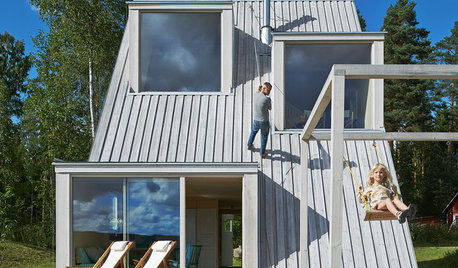
FUN HOUZZWorld of Design: 16 Fun Homes That Encourage Play
What does a fun home look like? These 16 very different properties around the world are designed with enjoyment in mind
Full Story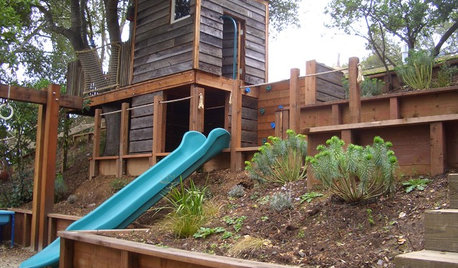
KIDS’ SPACES8 Outdoor Playspace Ideas to Nurture Kids' Imaginations
Can the call of the wild beat out the call of the TV this summer? With these ideas for encouraging exploration, the game is on
Full Story
GARDENING GUIDES6 Steps to Creating Your Butterfly Garden
Encourage these fanciful winged beauties to visit your garden while helping restore their fragmented habitat
Full Story
GARDENING GUIDES13 North American Backyard Birds to Know
Find out about these enchanting native species and learn how to attract them to your yard
Full Story
GARDENING FOR BUTTERFLIESA Quick-Start Guide to Bird-Watching for Fun and Learning
Set out some seed and grab your field guide. Bird-watching is an easy, entertaining and educational activity for the whole family
Full Story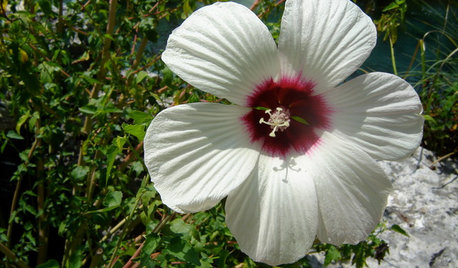
GARDENING GUIDESGreat Design Plant: Hibiscus Moscheutos
Crimsoneyed rosemallow is an ideal flowering perennial for wet sites and is ready to propagate now
Full Story
GARDENING FOR BUTTERFLIESGarden for Wildlife to Reap Rich Rewards
When you plant with animals and insects in mind, you make gardening easier, the planet healthier and yourself more present
Full Story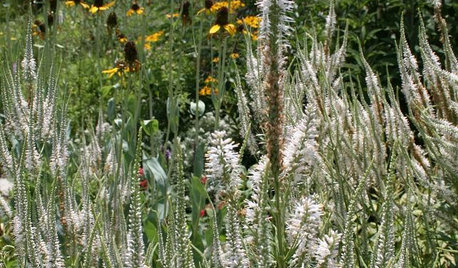
CENTRAL PLAINS GARDENINGGreat Design Plant: Culver's Root
Spiky summer blooms beloved by butterflies and architectural interest in winter make this Midwest native plant worth featuring in the garden
Full Story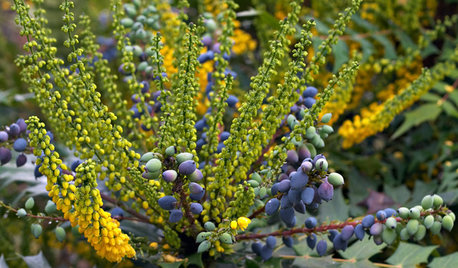
GARDENING FOR BUTTERFLIESGreat Design Plant: 'Charity' Oregon Grape
Giving nectar to hummingbirds and delicious berries to all, 'Charity' is a four-season garden delight that lives up to its name
Full Story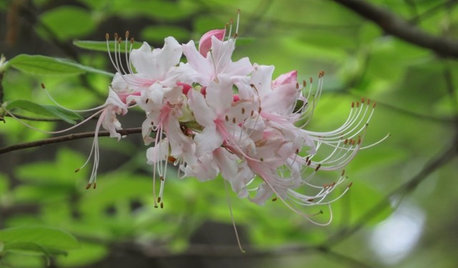
GARDENING GUIDESGreat Design Plant: Rhododendron Canescens
Have a damp, shady spot in your garden that needs a lift? This Southern U.S. native may be the solution
Full Story





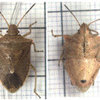
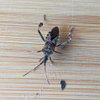
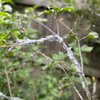
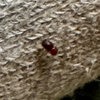
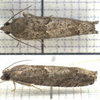
rhizo_1 (North AL) zone 7
KlippenwaldOriginal Author
Related Professionals
Carson Solar Energy Systems · Champlin Solar Energy Systems · East Lake Solar Energy Systems · Lynwood Solar Energy Systems · Randolph Solar Energy Systems · Rehoboth Solar Energy Systems · Whitney Solar Energy Systems · Three Lakes General Contractors · Murraysville General Contractors · DeRidder General Contractors · El Monte General Contractors · Jericho General Contractors · Mount Laurel General Contractors · Watertown General Contractors · Woodmere General Contractorsrhizo_1 (North AL) zone 7
KlippenwaldOriginal Author
haggard66